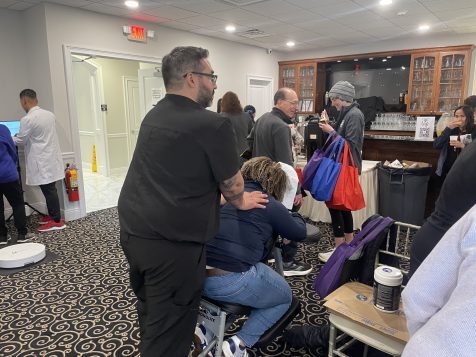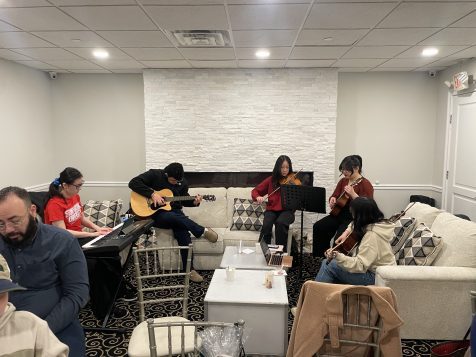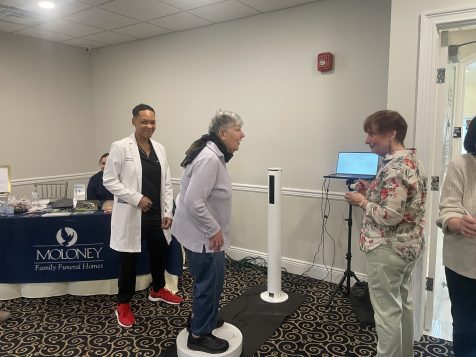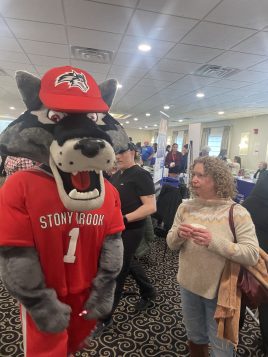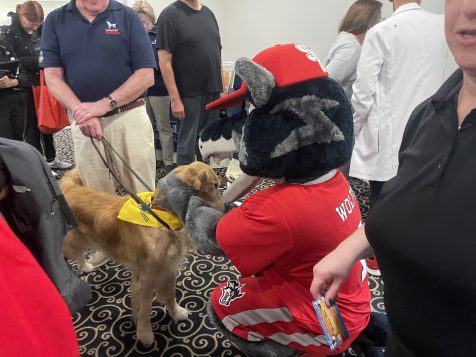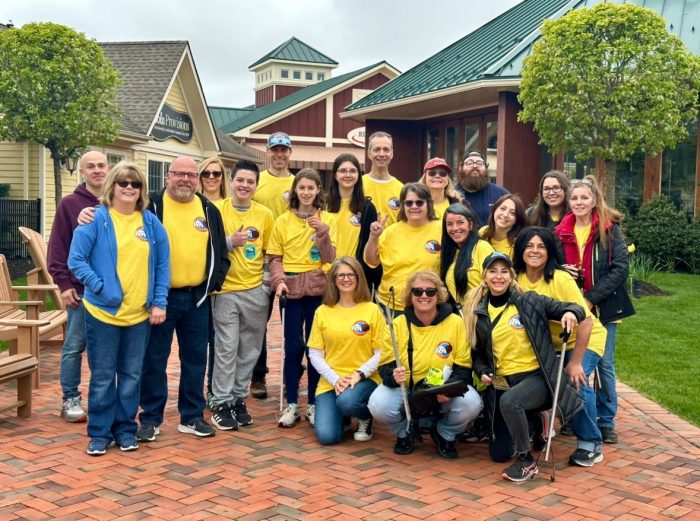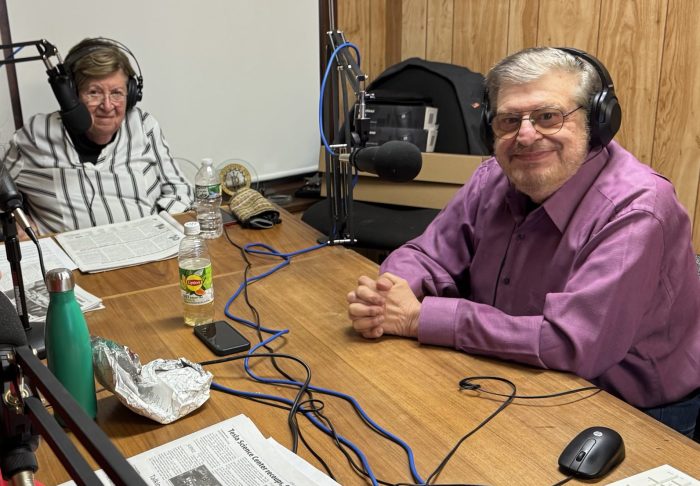Common-sense decision
At the Three Village CSD Board of Education meeting on April 9, a common-sense decision was finally made to remove the start time change from the 2025-26 budget. After months of under stimulating banter and a constant “will they, won’t they” cliffhanger hovering over every meeting, four of the seven board members voted to hold off on this nonsensical and very costly change. Reality came into play as metaphoric light bulbs slowly began to flicker representing all that would be lost educationally for the majority of our students to satisfy a 30-minute time adjustment.
Over a million dollars of transportation costs alone would have partially negated our IG Program, increased elementary class sizes exponentially, erased some secondary extra-curriculars and electives and slashed SEVERAL positions both in and out of the classroom. And yet three members of the board continued to advocate for this change despite all that would be lost.
How can these individuals truly believe the supposed benefits of going to school 30 minutes later could possibly outweigh the costs of what would be taken away? The persistent rambling about the 30 minutes of “extra sleep” continues to stick in my craw, particularly at the secondary level. If you want your child to sleep more, be a parent and tell them to go to bed. We don’t need a million dollars in transportation to send them to their rooms. Healthy sleep gains will be just as beneficial if they go to sleep 30 minutes earlier and still wake up for school, it’s a simple fact.
We now wait on eggshells to see how our million dollars will be re-allocated. The board has a lot of decisions to make before the May 20th vote and they need to carefully consider the fragile standing of this year’s budget. Three Village is in deep, and we need to save ourselves from drowning. Cooler heads must prevail and a more realistic vision for our district needs to be added to the playbook to ensure success for the ones we are all fighting for, the kids! I speak for many in the community when I express my satisfaction knowing that our tax dollars will be going to academics rather than bus rides.
Stefanie Werner
East Setauket
The EPA should be protected
A letter by Jim Soviero appeared in this newspaper on April 3 [EPA and media need accountability] filled with innuendos and deceptive claims about the Environmental Protection Agency. He calls for “accountability” for money already legally disbursed by the EPA as per the Biden legislation passed by Congress and signed into law, to fund beneficial projects to improve energy efficiency and reduce pollution.
He’s echoing Lee Zeldin, our former Long Island congressman and now head of the Donald )Trump (R) EPA. While in Congress Zeldin had a long record of opposing measures to safeguard air and water quality, instead serving the interests of the oil and gas industry, in spite of the fact that Long Island has no oil and gas industry. If Zeldin really wanted “accountability,” why didn’t he protest when Trump fired the EPA Inspector General, whose one and only job is to hold the EPA accountable for its expenditures? This IG, Sean O’Donnell, was appointed by none other than Trump himself back in 2020. Could it be that Zeldin really wants not “accountability” but a more pliable IG to rubber-stamp the Zeldin-Trump agenda of climate denialism and environmental havoc?
Zeldin describes the mission of the EPA as “lower[ing] the cost of buying a car, heating a home, and running a business.” No – the EPA is not the Commerce Department. The EPA’s mission, embedded in its name, is to protect the environment. I remember when the Cuyahoga River in Ohio was so polluted with oil slicks it caught on fire – many times. When Los Angeles was covered by a thick poisonous smog on a daily basis. All before the EPA. The EPA’s mission is to protect us from sickness and premature death from damaged lungs, heart disease, asthma and other consequences of the unchecked release of toxins into our air and water. And it’s also about energy efficiency and reducing greenhouse gas emissions that threaten us, our children and grandchildren.
In spite of the letter writer’s innuendos, the rightful recipients of the funding Zeldin is trying to snatch back are reputable and longstanding organizations run by qualified professionals with years of experience in engineering, finance and energy efficiency. The funds are being used for such things as increasing the affordability of modern, efficient heat pumps to replace inefficient gas or oil heating. And the organization Power Forward Communities, so sneered at by the letter writer, is a coalition of some of the most trusted nonprofits in the nation, including Habitat for Humanity International and United Way Worldwide.
David Friedman
St. James
Ward Melville track
I’d like to thank Sabrina Artusa for her excellent article highlighting the success of the Ward Melville boys 4 x mile relay team and of my son Jon winning the state indoor 1600-meter championship.
Jon began running cross-country when he entered seventh grade at Gelinas. He did not show a lot of promise over the course of his first two races, finishing nearly last, but his junior high coach, Claudia Rippe, encouraged him and made running fun and enjoyable.
Jon joined the varsity cross-country team at Ward Melville as a freshman and head cross-country, winter track and spring track coaches Ryan DeLuca and assistant coach Brian Liebowitz took Jon’s running to a whole new level. These two coaches provide training and instruction on every aspect of being a successful runner, including diet, stretching, warming up, cooling down, training, preventing injuries, getting proper rest and most importantly being a good teammate and leader.
As a freshman Jon won the Suffolk County 800-meter run championship and the next year was the Suffolk County sophomore 2-mile champion. That same year during winter track he ran the fastest 1000 meters in the United States for a sophomore. Over the last five years,coaches DeLuca and Liebowitz runners have been named to multiple all-conference, all-county, all-Long Island and all-state teams in all three running sports. Their knowledge of their sport and dedication to their runners are exceptional.
I don’t know if Jon was either the strongest or fastest runner in his state 1600-meter victory, but I’m fairly certain he was the most experienced runner in the field. Of the 12 runners, Jon ran the best race strategically — by far. Over the last four years, the Ward Melville coaches have provided Jon and his teammates the opportunity to run over 50 races in major invitationals at some of the fastest indoor tracks on the East Coast located throughout New York and New England. By comparison, Jon has friends on other teams who’ve told him they rarely leave the Island to race.
I am so impressed by the Ward Melville cross-country and track programs and the quality of athletes that coaches DeLuca and Liebowitz have consistently produced — especially given how physically challenging the sport is. A few years ago one of Jon’s teammate’s sisters remarked, “You know what you do for a sport, other sports do as a punishment.” Funny and true.
David Seyfert
Stony Brook
WRITE TO US … AND KEEP IT LOCAL
We welcome your letters, especially those responding to our local coverage, replying to other letter writers’ comments and speaking mainly to local themes. Letters should be no longer than 400 words and may be edited for length, libel, style, good taste and uncivil language. They will also be published on our website. We do not publish anonymous letters. Please include an address and phone number for confirmation. Email letters to: [email protected] or mail them to TBR News Media, P.O. Box 707, Setauket, NY 11733


